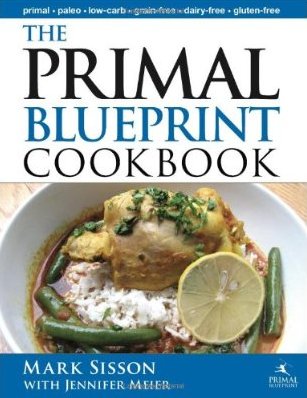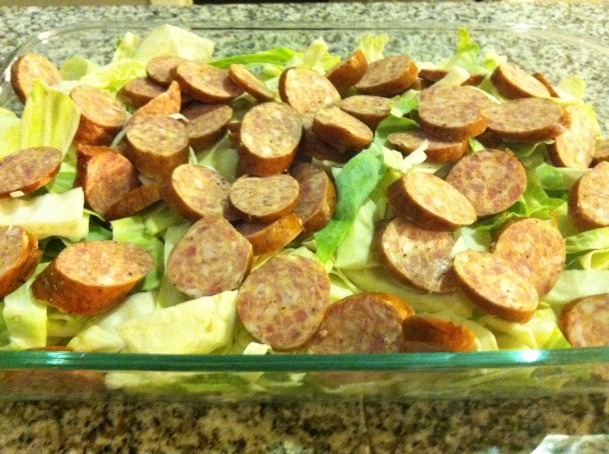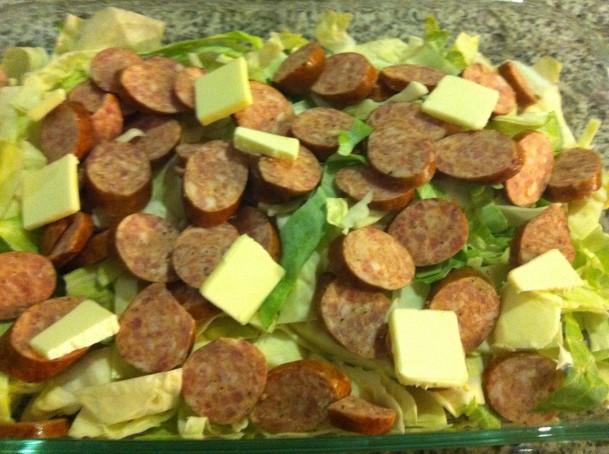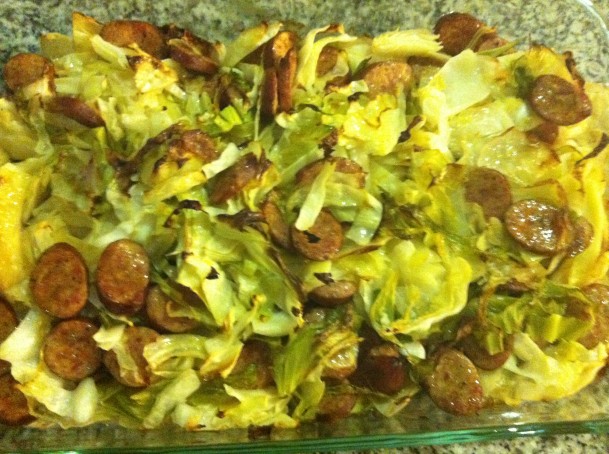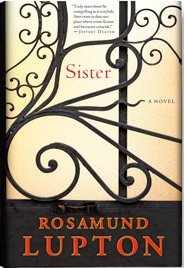I used to manage a tavern in Washington state. A tavern is a specific designation that means a bar that serves only beer and wine—no hard alcohol. In order to serve the hard stuff, you had to be a restaurant, meaning that all real bars served food, although you might never know it. They were required to keep stock and a menu of about 10 entrees on hand at all times, and offer food during most of the hours they were open. The laws in Washington were old and antiquated, and I think it’s a good thing for the state’s residents that this law was passed.
The state liquor control board had moved in recent years to modify some of the laws. One change was the nightclub license that allowed bars to serve alcohol without serving food. But it was too little, too late, in this case.
People in other states don’t really understand what it means to have to buy alcohol from the state. It meant that all liquor stores were the same, with the same prices, and they had pretty much the same stock. The employees were state employees, and the stores were run like a clean, brightly lit cafeteria. To say they were uninviting would be an understatement. In California, people are used to walking into Safeway or Walgreens and buying their vodka and whiskey. In Texas, you can’t buy liquor at a regular grocery store, but there are plenty of private retailers with a wide variety of styles, from fancy boutique shops, to neighborhood liquor stores, to giant wal-mart-like mega stores (Spec’s Liquors).
The way the initiative came to pass is an interesting story, and it could certainly be unsettling, except for the fact that I am in total agreement with the need to get rid of the old laws. Costco, which is based in Washington, simply bought the election. They spent $20 million dollars of their own money (meaning they spent something like $4 for each and every likely voter in the state) to get this law passed. Similar laws had been defeated because of the specters of teenage drinking and increased drunk driving. This time, with Costco’s strong financial backing, the retailers won.
By June 1st, Washington will close all of its state-run liquor stores, and the citizens of Washington will be able to go to Costco or Safeway to buy their liquor. They are likely to see much cheaper prices, because part of the law allows retailers to deal directly with the distilleries, whereas before, all alcohol had to go through a liquor distributorship, which added one more level of profit that needed to be passed along. Costco has enough power that it can get great deals, so I imagine that many people will be seeing a 35-to-40% decrease in prices.
Is it OK for a corporation to buy an election? No. I don’t think it is, really. In this case, however, I applaud the result.
